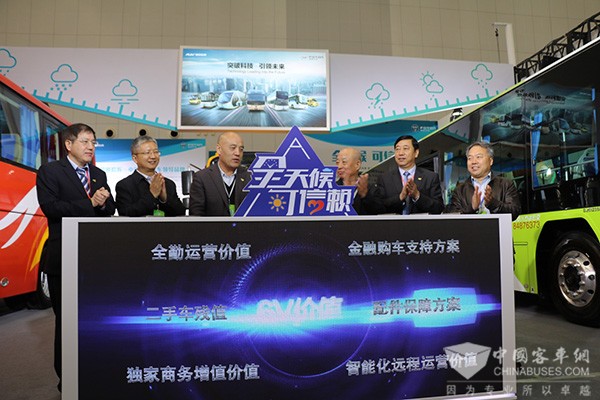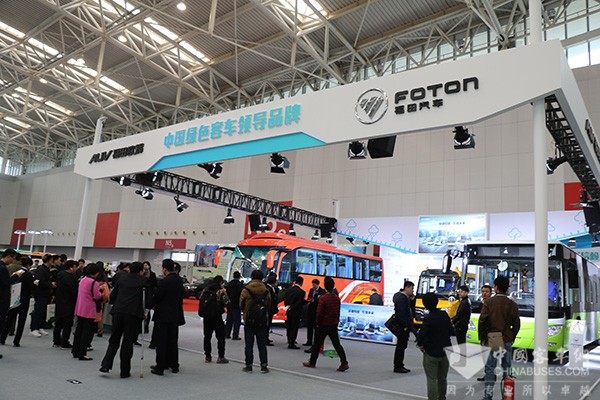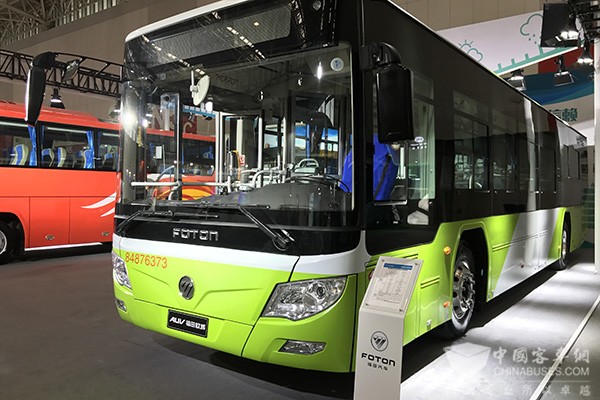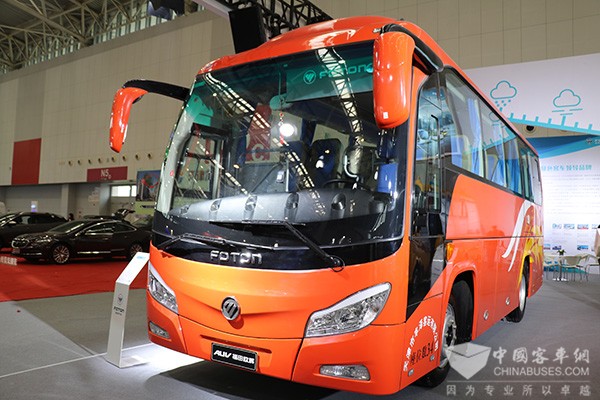Foton AUV Releases Bus Quality Standards in Tianjin
2017-04-01
On March 30, Tianjin International Bus Exhibtion officially kicked off at Meijiang International Exhibition Center Foton AUV, as one of the leaders in green bus manufacturing industry in China, Foton AUV officially released its Bus Quality Standards, demonstrating its formidable strengths and determination to pursue high standard craftsmanship
On March 30, Tianjin International Bus Exhibtion officially kicked off at Meijiang International Exhibition Center. Foton AUV, as one of the leaders in green bus manufacturing industry in China, Foton AUV officially released its Bus Quality Standards, demonstrating its formidable strengths and determination to pursue high standard craftsmanship.
Foton AUV Bus Quality Standards set out detailed evaluation and assessment measures for all parties involved, including industry organizations, whole bus manufacturers, spare parts, bus operators, and academic researches.
In recent years, Foton has been committed to building 4A quality bus products by taking full advantage of digital manufacturing, digital management, and 3D manufacturing mode. Through upgrading its manufacturing technologies, rolling out new products and improving its after-sales services, Foton AUV aims to provide its customers with comprehensive transport solutions, including whole life-cycle vehicle management, vehicle financing services, second-hand vehicle disposal, intelligent distance management, exclusive business management, spare parts supply and distribution, etc.
Foton AUV BJ6123 hybrid city bus
Foton AUV BJ6802 intercity bus
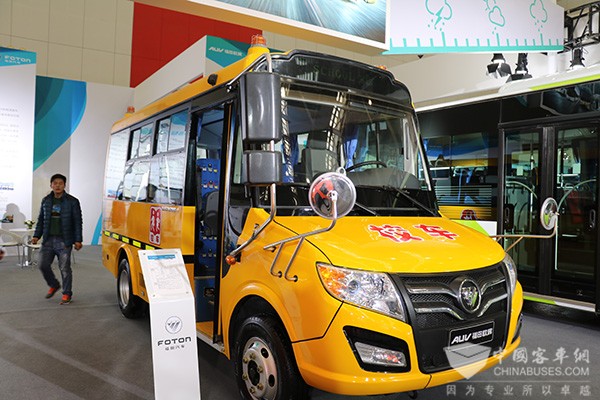
Foton AUV BJ6570 school bus
Also at the exhibition, Foton AUV brought three latest bus models on display. They are BJ6123 hybrid city bus, BJ6802 intercity bus and BJ6570 school bus. Together with the Bus Quality Standards, these vehicles are expected to help build safer, greener and more efficient transport systems in China. With internationally competitive quality, these three vehicles are all equipped with e-AIR intelligent circulation systems and belt-free transmission structures. They can cut energy consumption by over 40%.
